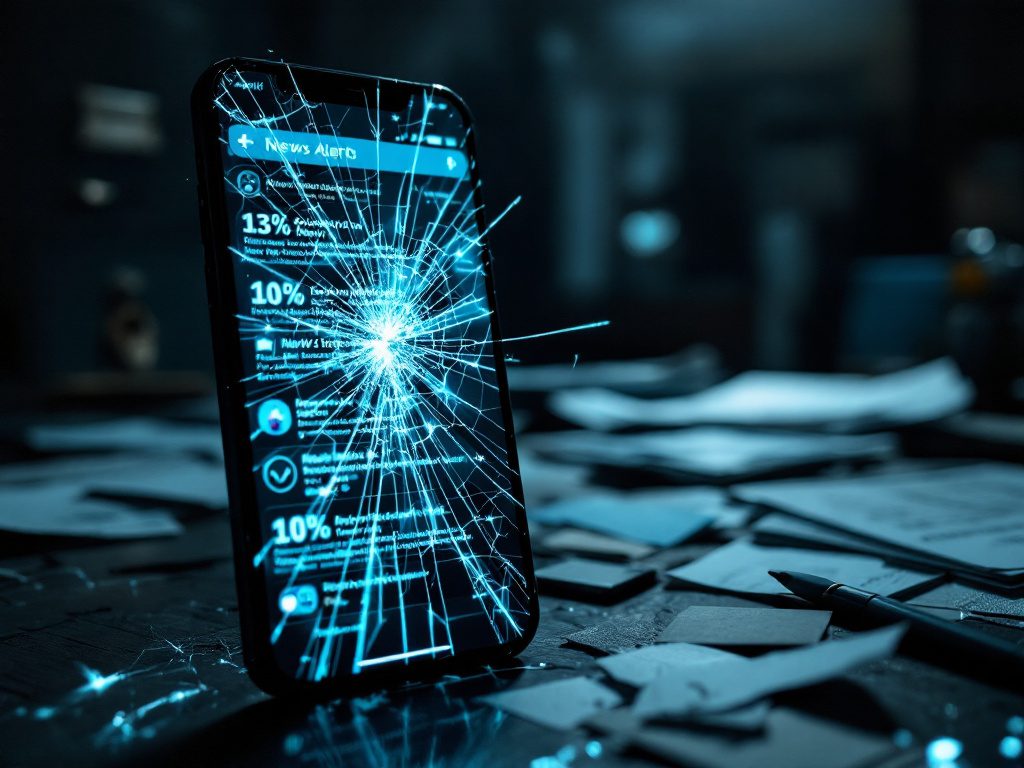The Signal Scandal: Security Theater at the Highest Level
Imagine for a moment the scene in the West Wing: Cabinet officials gathered under blazing lights, the world’s media just feet away, and the Trump administration’s top national security adviser, Mike Waltz, surreptitiously typing out messages on his phone beneath the conference table. Not just any app, but Signal—a platform renowned for its end-to-end encryption, often favored by journalists, dissidents, and yes, government officials when discretion is the name of the game.
Yet the discreet purpose was entirely lost in practice. Photos snapped by Reuters photojournalist Evelyn Hockstein captured Waltz’s phone in what can only be called ‘maximum exposure mode’: no privacy screen, maximum brightness, and—astonishingly—active conversations with top-level colleagues visible and legible. What was being discussed? Messages from Vice President JD Vance and Secretary of State Marco Rubio scrolled across his screen, touching on matters ranging from the President’s Daily Brief to sensitive strategic confirmations. Not exactly an exercise in operational security (OPSEC).
The images quickly ricocheted through social media, prompting immediate ridicule and grave concern. How could a national security advisor be so lax, especially in light of recent leaks and the government’s ongoing struggle to preserve classified information in the digital era?
Records, Recklessness, and the Cost of Secrecy
Was Waltz just unlucky, or does this incident signal a deeper rot in the Republican approach to security and transparency? White House spokespeople rushed to defend Waltz, pivoting to the technical detail that Signal—at least in its modified “TM SGNL” format—is government-approved and compliant with presidential records preservation rules. This is no trivial distinction. The Presidential Records Act, enacted after Watergate, demands that official communications be archived, not vanishing into digital ether.
Yet for all the administration’s reassurances, a closer look reveals the thin line between using technology for efficiency and weaponizing it to frustrate oversight. National security law professor Laura Donohue of Georgetown University has criticized the administration’s tech policy as “innovation without guardrails,” pointing out that the mere archival of messages is meaningless if systems are routinely circumvented—or, as in Waltz’s case, not locked down at all. “This is part of a broader pattern of officials treating process as mere theater while real vulnerabilities fester,” Donohue argued in The New York Times.
It gets worse. The so-called ‘Signalgate’ scandal was already brewing when Waltz mistakenly invited Atlantic editor Jeffrey Goldberg to a group Signal chat discussing Yemen war plans—plans that, with breathtaking carelessness, ended up leaking to the press. Goldberg, for his part, called Waltz’s claim of ignorance—he suggested nefarious outside involvement—pure “nonsense.”
“Technology is a tool, not a shield against human folly. The gravest risks to our republic arise not from the platforms we use, but from the culture of impunity at the top.”
Waltz’s missteps are hardly isolated. According to a recent Pew Research Center study, more than 60% of federal employees surveyed expressed skepticism about the security of official messaging platforms—citing political pressure and inconsistent leadership as bigger issues than the apps themselves. When leaders set a reckless tone, corners get cut, and secrets become collateral damage.
The Real Impact: When Security and Democracy Collide
How did we arrive at this point, where national security and personal convenience are at such odds? Technology, of course, isn’t standing still. The Trump White House has often embraced apps and tools that promise speed over accountability, risking breaches that have real-world stakes. History is replete with examples where the desire for expediency outpaced common sense—from Nixon’s dictaphone tapes to the Clinton email saga. Today’s Signal scandal fits squarely in this American tradition of shortsightedness.
The danger, as many progressive experts point out, is when these choices erode public trust. Harvard’s Jane Mayer warns that every mishandling of sensitive information “diminishes our ability to hold leaders accountable and protects them from scrutiny when transparency is most urgently needed.” In Waltz’s case, it isn’t just a single lapse—it’s a culture of consequence-free behavior that should worry anyone who cares about democracy’s long-term health.
Instead of prioritizing true security reforms—stronger training, continuous oversight, clear penalties for violations—conservative officials too often choose optics and loyalty tests over results. President Trump’s response wasn’t to fix the flaw, but to oust Waltz, shuffle roles, and move on. Marco Rubio, now interim national security adviser, inherits a system still plagued by hasty decision-making and festering conflicts of interest—including, not incidentally, a Trump family crypto deal now under international scrutiny for possible money laundering.
Are these merely growing pains, or symptoms of a deeper pathology? At a time when the United States faces external threats from sophisticated adversaries and internal threats from disinformation and division, progressives have reason to demand more. Secure communication isn’t just about locking down apps—it’s about fostering a culture of responsibility from the top down, where leaders set boundaries and abide by them.
Beyond that, this moment is a test: Will Americans expect more of public officials entrusted with their safety, or tolerate shortcuts that benefit the powerful and expose the nation to risk? As new technologies transform how government operates, the imperative is not secrecy for secrecy’s sake, but accountability with eyes wide open.

